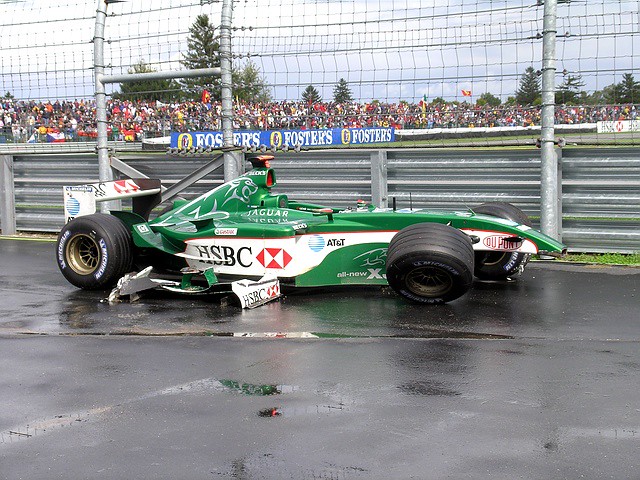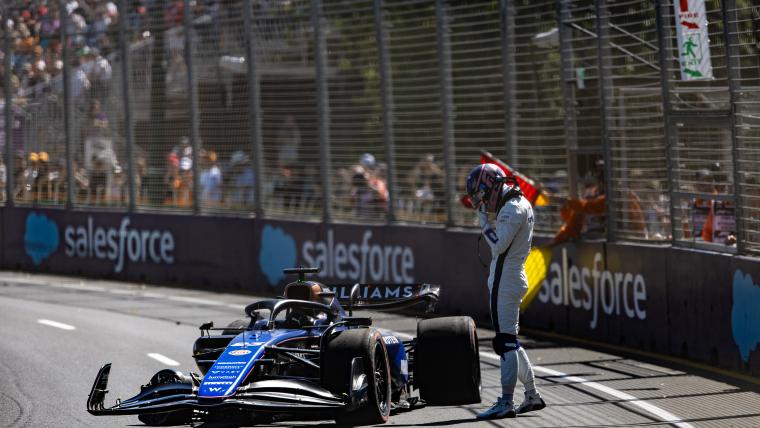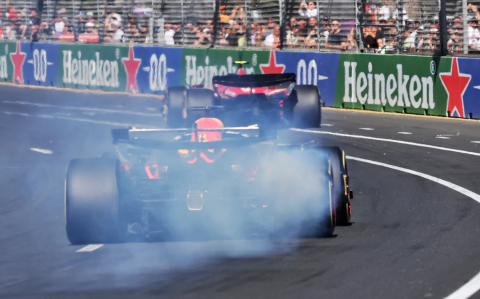Okay, so, I’ve been watching Formula 1 for a while now, and there’s this thing that always pops up on the screen: DNF. At first, I was like, what the heck is that? So I started digging around.
What does DNF Mean?

Turns out, DNF stands for “Did Not Finish.” It’s pretty straightforward, you see it when a driver, for whatever reason, can’t complete the race. And let me tell you, it happens a lot in F1. These cars are like, super fragile. One small tap on the wall or a little bump with another car, and bam, they’re out.
Why Drivers Get a DNF
There are a bunch of reasons why a driver might get a DNF. The most common one is some kind of mechanical failure. These cars are complex machines, and if something breaks, it’s usually game over. Then there are accidents. Sometimes drivers push too hard, or maybe they get caught up in someone else’s mess, and that’s it, race over. I’ve also seen it happen because of problems during a pit stop. A wheel not getting fastened properly, or some other blunder, and that can cost a driver the race.
How DNF Affects the Race
When a driver gets a DNF, they don’t score any points for that race. Zero, zilch, nada. And in a sport where every point counts, that’s a big deal. It can really mess up their position in the championship standings. Drivers and teams hate DNFs because it’s like throwing away a chance to score points.
The 90% Rule and NC

Now here is a catch. I learned that there’s this 90% rule. Basically, if a driver completes at least 90% of the race distance, they are still considered ‘classified’ even with a DNF. However, they will still get no points. But if they don’t reach that 90% mark, they might be listed as NC, which means “Not Classified.”
DNS and DQ: Not the Same as DNF
I also figured out that DNF is different from DNS and DQ. DNS means “Did Not Start.” So, if a car has a problem before the race even begins, like in the garage or on the way to the grid, they get a DNS. DQ is “Disqualified.” That’s when a driver does something against the rules and gets kicked out of the race. Usually it happens after the race.
Real Example
One race that always sticks in my mind when talking about DNFs is the 1996 Monaco Grand Prix. That race was crazy! So many cars retired that only three drivers actually finished. It just goes to show how unpredictable F1 can be.
So, yeah, that’s what I learned about DNF in F1. It’s a bummer when it happens, especially to your favorite driver, but it’s all part of the drama and excitement of Formula 1 racing. You never know what’s going to happen, and that’s what makes it so thrilling to watch.


























